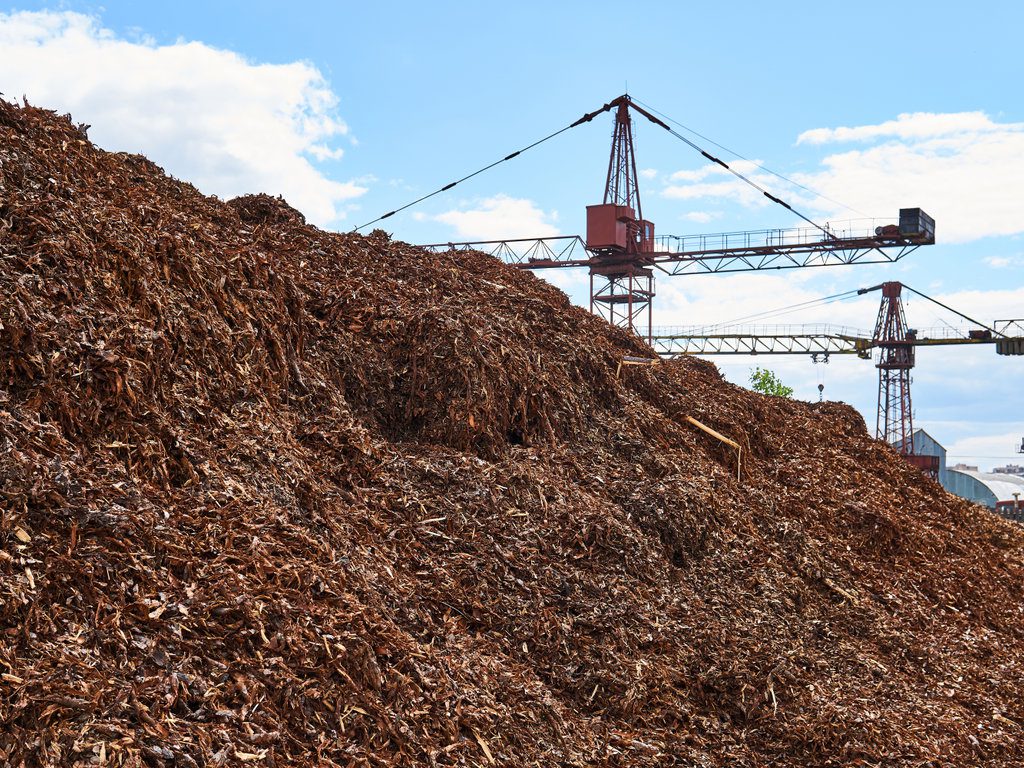Clogged Mulch Grinder Leads to Injury

,
John R. Yannaccone, PE, Principal Mechanical Engineer
Case Synopsis: A mulch factory worker was injured while trying to clear a clog at the top of a discharge belt on the grinding machine. Reportedly, the machine would build up mulch near the top of the discharge conveyer, causing the conveyer to operate improperly. The plaintiff had shut down the machine and climbed the conveyer to clear the mulch clog near the top of the belt. To assist in doing this, he unbolted and removed metal covers over the upper conveyer shaft. According to the plaintiff, he could not clear all the mulch, so he called down to a coworker to start the machine and turn on the conveyer for a few seconds. The plaintiff was standing at the top of the conveyer with one foot on each side. When the conveyer was started, it reportedly shook enough to cause the plaintiff to lose his balance and he shifted his foot into the conveyer where it was pulled into the top of the machine, crushing the plaintiff’s leg and entrapping him at the top of the conveyer.
The plaintiff alleged the machine was defective because it allowed the conveyer to be started with the guards on the top of the conveyer removed, thereby exposing him to entrapment in the upper roller.
Expert Analysis: Investigation of the incident revealed the plaintiff made several errors leading to the incident. First was that he climbed the machine to service the upper portion of the conveyer. The manufacturer’s instructions indicate that when working on the top of the conveyer, work should be performed either from a safe and sturdy work platform adjacent to the conveyer or the conveyer should be lowered to the ground for repairs. The second error the plaintiff made was attempting to balance on the sides of the structure when the machine started. This placed him in close proximity to numerous hazards, some of which he exposed himself to by removing the cover plates from the sides of the conveyer. The plaintiff was familiar with the machine and was aware it would tend to shake when started, yet he chose to try and balance adjacent to the conveyer. Had the plaintiff been standing on a suitable work platform adjacent to the conveyer, the startup vibration would not have resulted in him losing his balance.
The analysis further showed it was not reasonable to anticipate that a worker would attempt to stand on the top of the discharge conveyer with the machine running. Additionally, the plaintiff had to remove several bolts to remove the covers to access the sides of the conveyer, and was clearly aware of the now exposed roller. These access covers had clear labels warning of both the pinch point at the top of the conveyer and not to operate the machine with the covers removed.
Result: The defendant was able settle the case with the plaintiff before trial for an undisclosed amount.
John R. Yannaccone, PE, Principal Mechanical Engineer with DJS Associates, Inc., can be reached via email at experts@forensicDJS.com or via phone at 215-659-2010.
Tags: John R. Yannaccone | Mechanical Engineer


